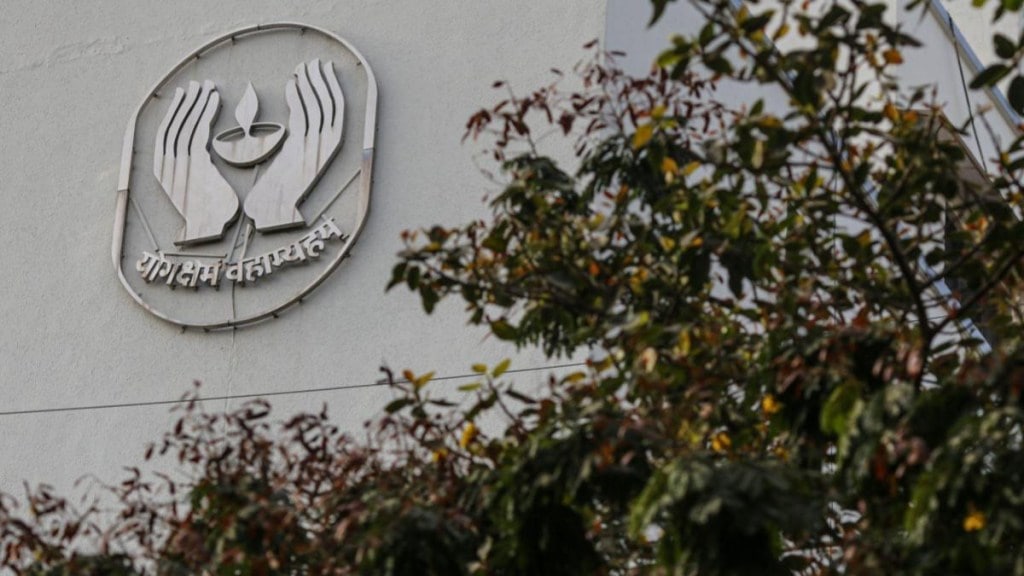LIC Mutual Fund remains a mid-sized AMC despite its 34-year history, and new managing director and CEO RK Jha aims to change that. In an interview to Siddhant Mishra, Jha highlights the importance of expanding physical presence and says the strong trend in SIP contributions proves the maturing of the Indian investor. Excerpts:
You’ve set a Rs 1-trillion AUM target by 2026. How do you plan to achieve this?
First, we must improve our reach. We have 36 branches at present. Our goal is to cross 50 branches by March 31, 2025, and 100 branches over the next five years. Why we consider this important is that physical branches have a positive impact on the investor and distributor communities.
Though we have been in existence for close to 34 years, we are still a mid-sized AMC with only Rs 30,000 crore in AUM (assets under management). The industry has grown manifold and crossed Rs 50 trillion in size, with the top AMCs having trillions in AUM.
Second, we plan to strengthen our equity fund management team. Given how competitive this industry is, consistent performance is what matters.
Third, we are ramping up the usage of technology. We launched a new investor app in November, and by March, we will have a new investor app.
Are you prioritising tier-II and tier-III cities?
Yes, people in tier-II and tier-III towns have a lot of respect for the LIC brand. We believe even LIC agents, with their client base, could help tap these markets. Further, there are 572.5 million PANs linked to bank accounts today, but only 79 million SIP accounts. KYC is, therefore, not a big challenge for such customers. There is huge opportunity available.
During my recent visits to non-metro cities, I have seen a lot of eagerness among distributors for new branches, as physical presence increases credibility among customers.
New players are focusing a lot on passive funds. How do you see the trend?
We are quite positive on index funds and ETFs. We launched an ETF this week, and have seven ETFs in all with a total AUM of Rs 3,700 crore. We plan to take this beyond Rs 10,000 crore.
In the US and other advanced economies, investors bet more on passive funds compared to active schemes. We are also exploring tie-ups with digital platforms to expand the reach of our products. Some platforms that are helping us sell our products have given a strong feedback.
SIP contributions hit a new record in January. Are SIPs the way forward?
Investors today, especially the young ones, have realised the importance of SIPs and disciplined investing. The markets crashed in March 2020, and then started rising suddenly. Over the past four years, the investor behaviour has changed. They don’t stop SIPs, but stick to their positions and in fact invest more when the markets do badly.
Monthly contribution was at Rs 3,100 crore in April 2016. It has jumped to over Rs 18,000 crore at present. This shows that Indians have not only matured as investors, but have also understood the power of compounding. Not just that, the method of investing is easy. One doesn’t have to spend time, as the amount gets deducted every month. Unlike FDs and insurance, you don’t get issued a new document or number each time you renew, but can continue your investments in the same folio.
How did you integrate IDBI MF schemes following the merger?
IDBI was running 20 schemes with a total AUM of Rs 3,700 crore. Of those, 10 were converted to LIC MF schemes, and the other 10 were merged with similar schemes that we already had. Our goal was to first manage these funds before launching new schemes. The performance of these funds has started improving, and we will wait for them to stabilise first, before drawing up new plans.

